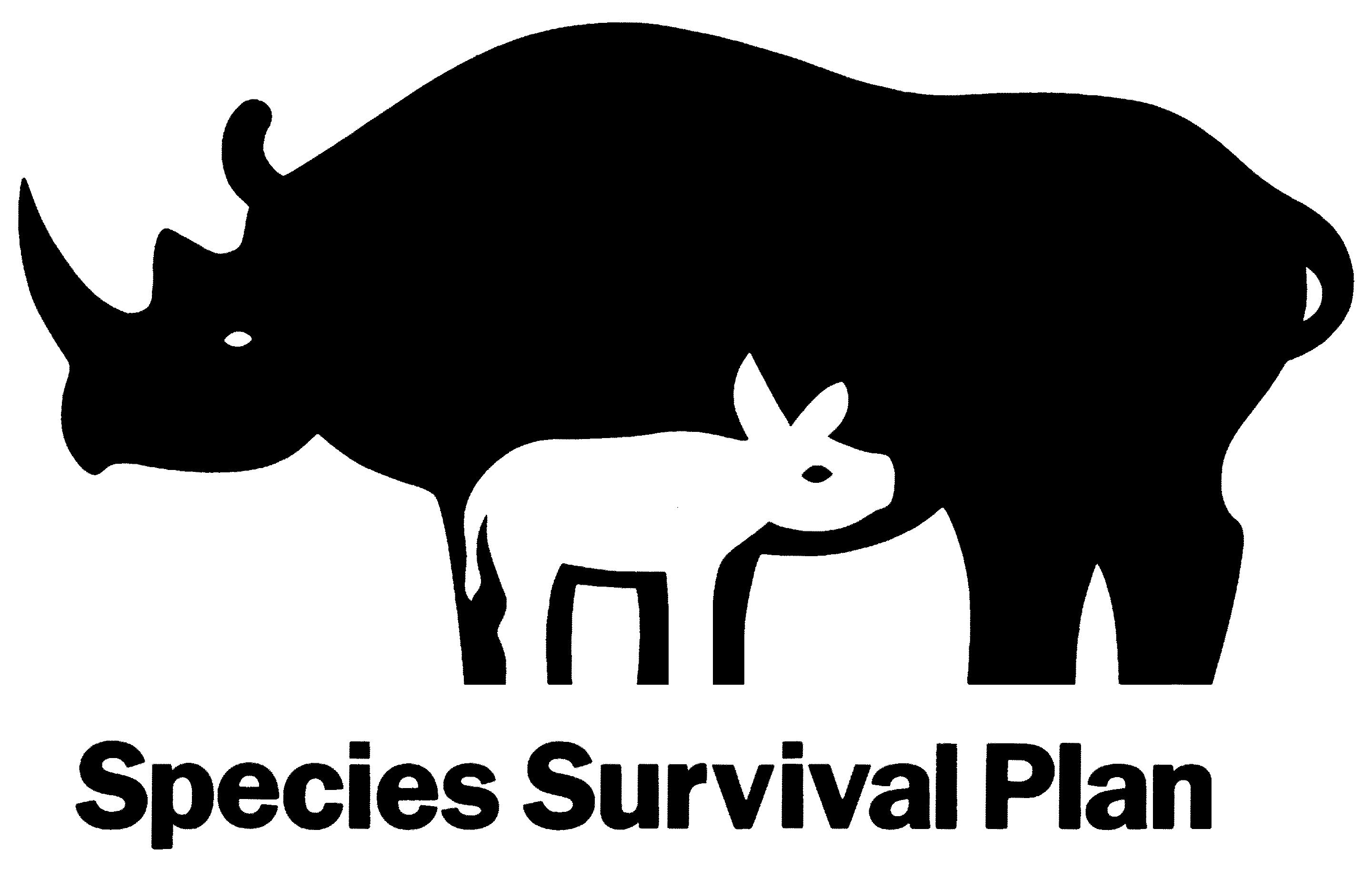FUN FACT
The male Cabot’s Tragopan’s display involves pumping his head up and down while waving his wings, culminating in a sudden erect stance and the dramatic unfurling of a stunning blue-and-red patterned fleshy lappet and two blue horns on top of his head.
An inhabitant of high mountain ranges in eastern China, the Cabot’s Tragopan—also sometimes called the Yellow-bellied Tragopan—is a grouse-like bird. Male Cabot’s Tragopans perform a spectacular display at dawn and dusk, sometimes while perched on a mossy log, which is reminiscent of Pennsylvania’s state bird, the Ruffed Grouse. Both the Ruffed Grouse and Cabot’s Tragopan flap and drum their wings during courtship displays, but the tragopan takes it a step further, slowly fanning his wings while rhythmically pumping his head up and down. He inflates two fleshy blue horns on top of his head, unfurls a red-and-blue wattle, then abruptly rears up, drums his wings, and cranes his neck. The display transforms this dusty brown bird into a colorful curiosity! This species is threatened by logging and farming, as well as hunting outside of protected areas.

